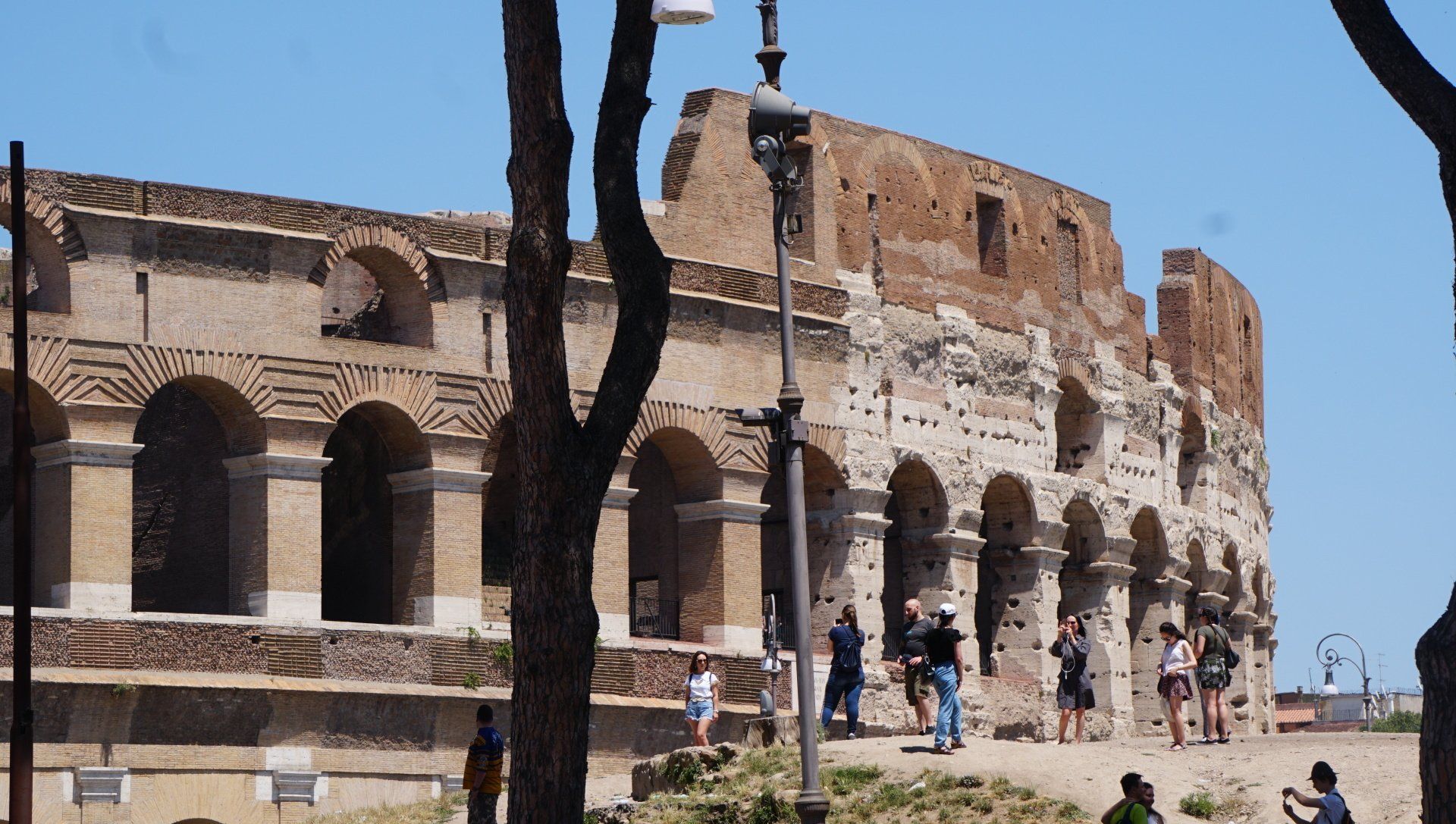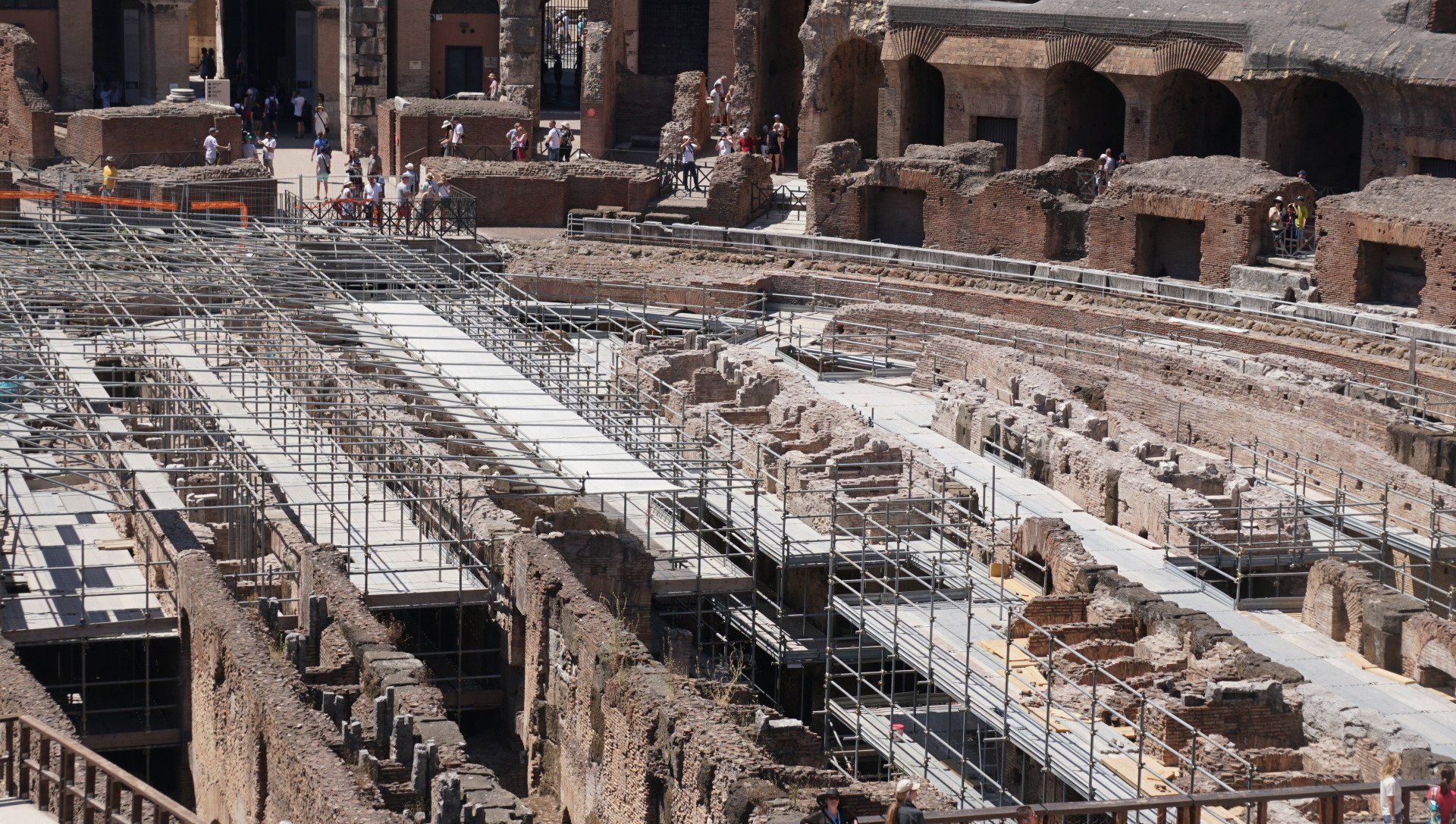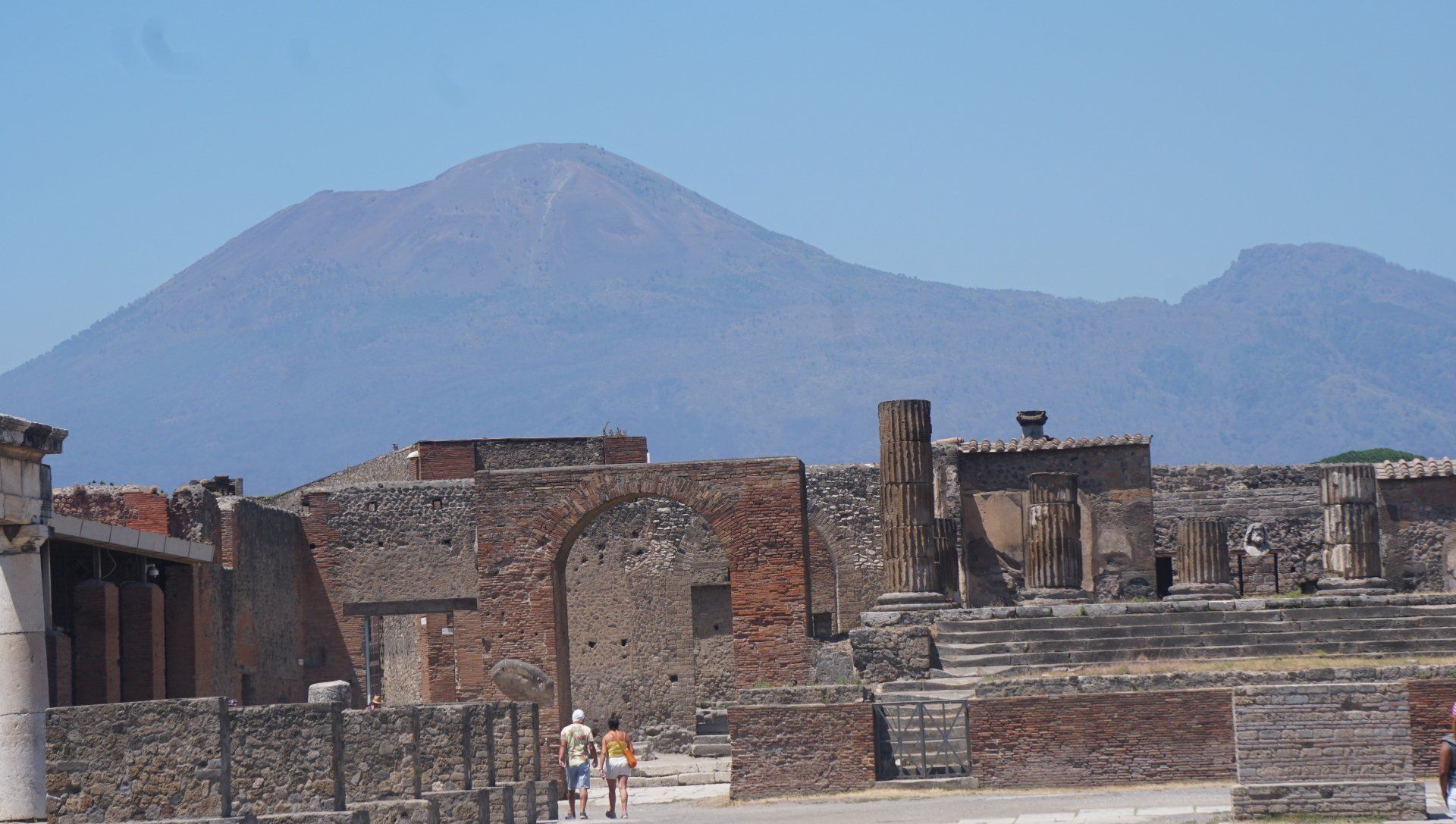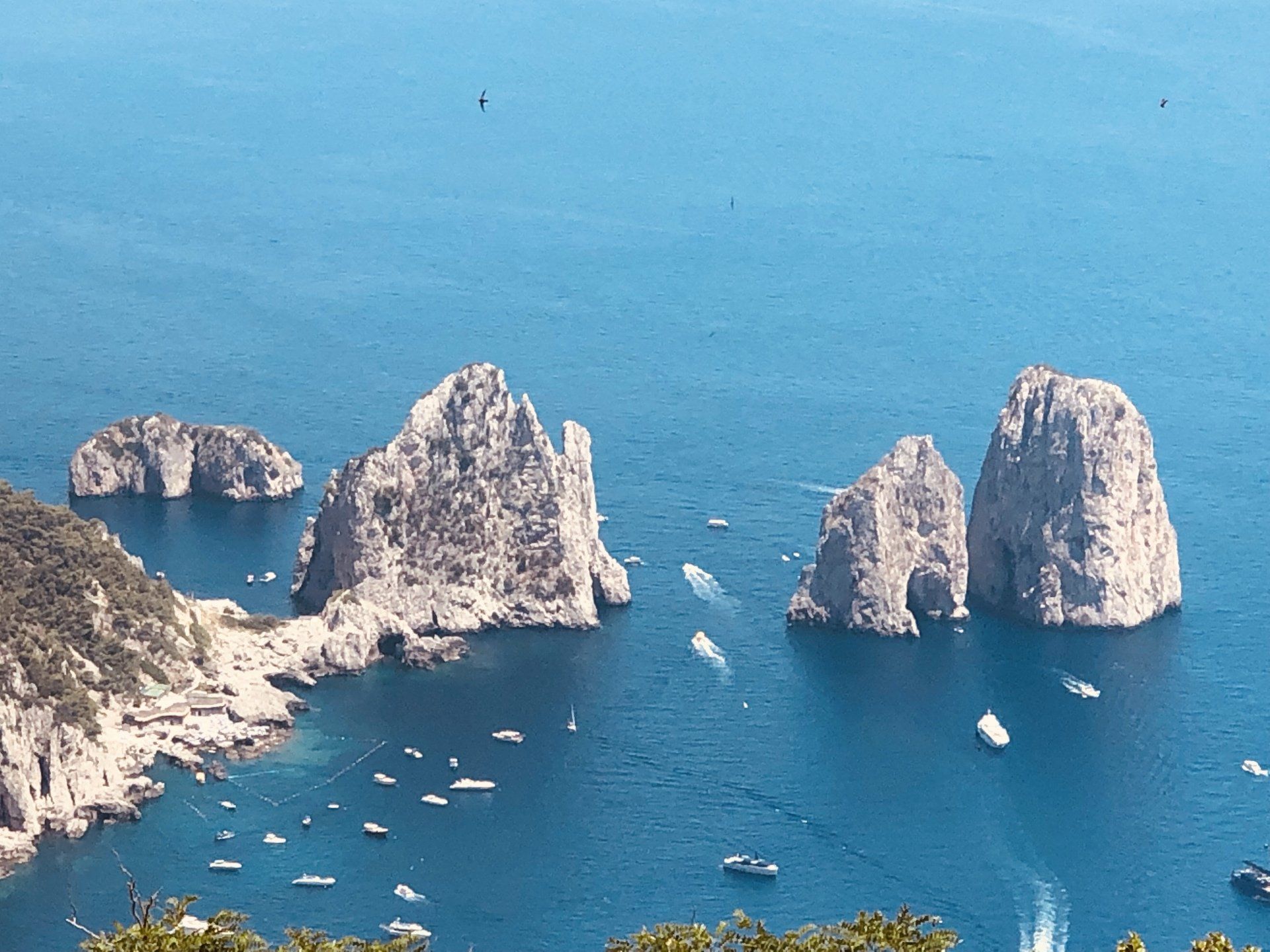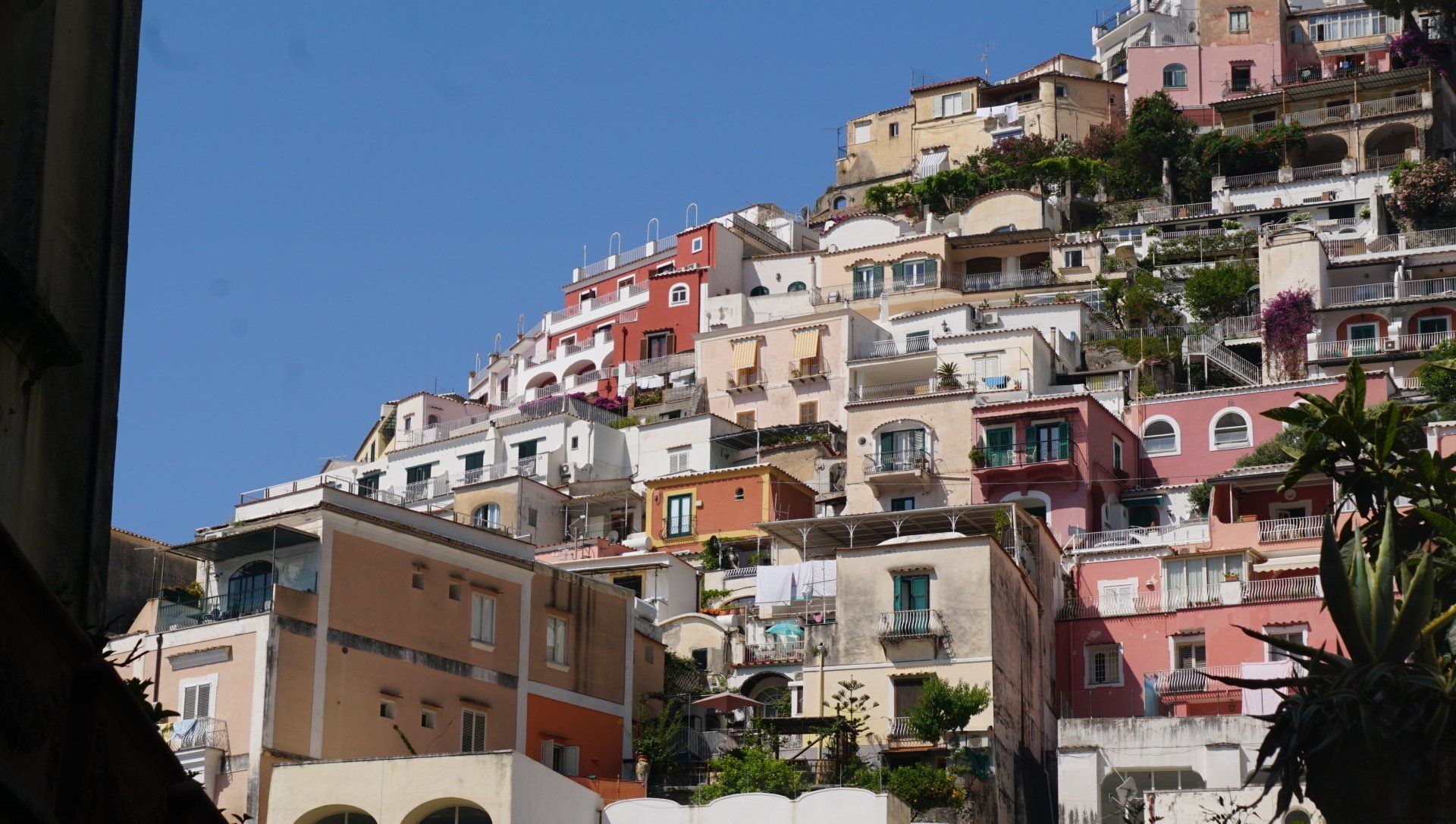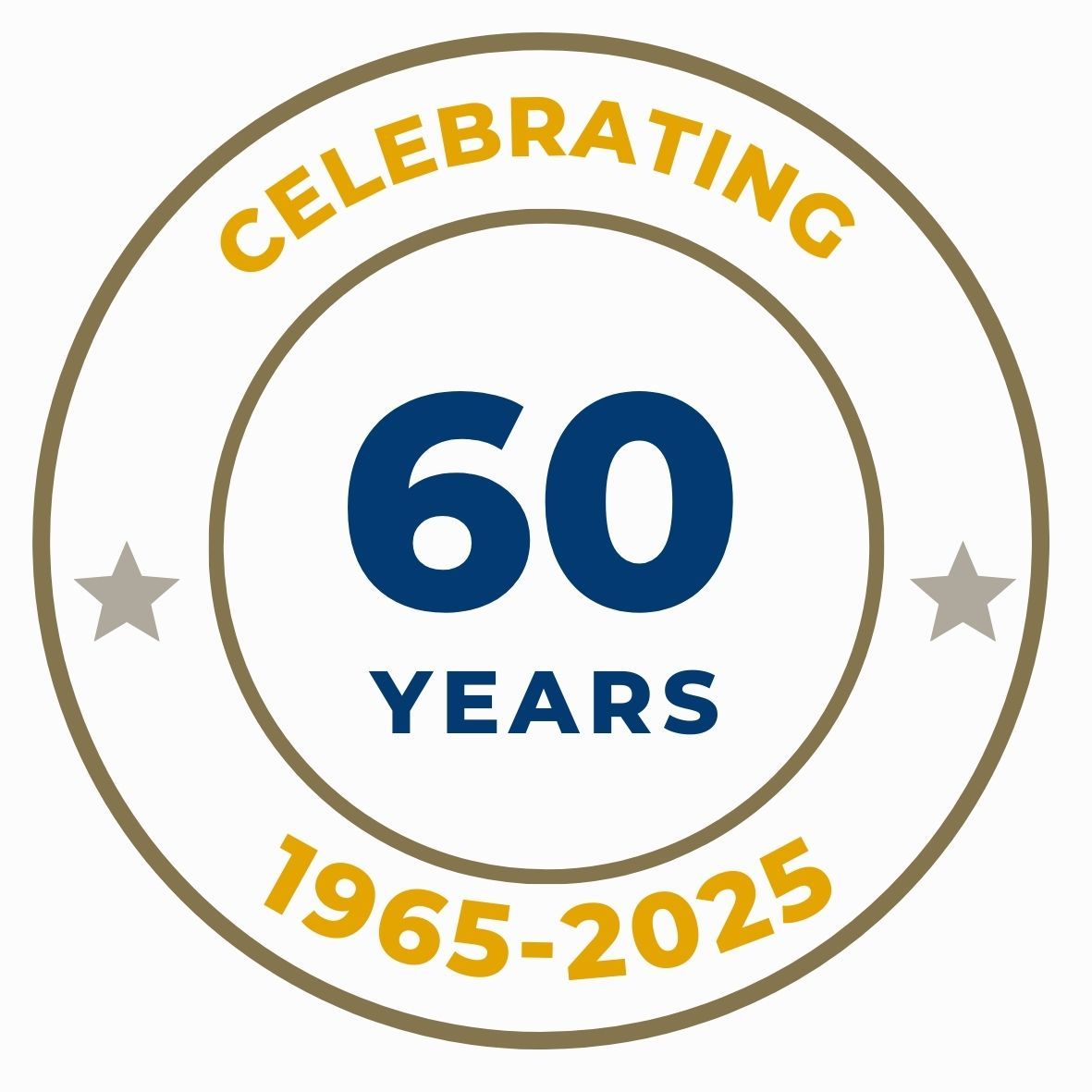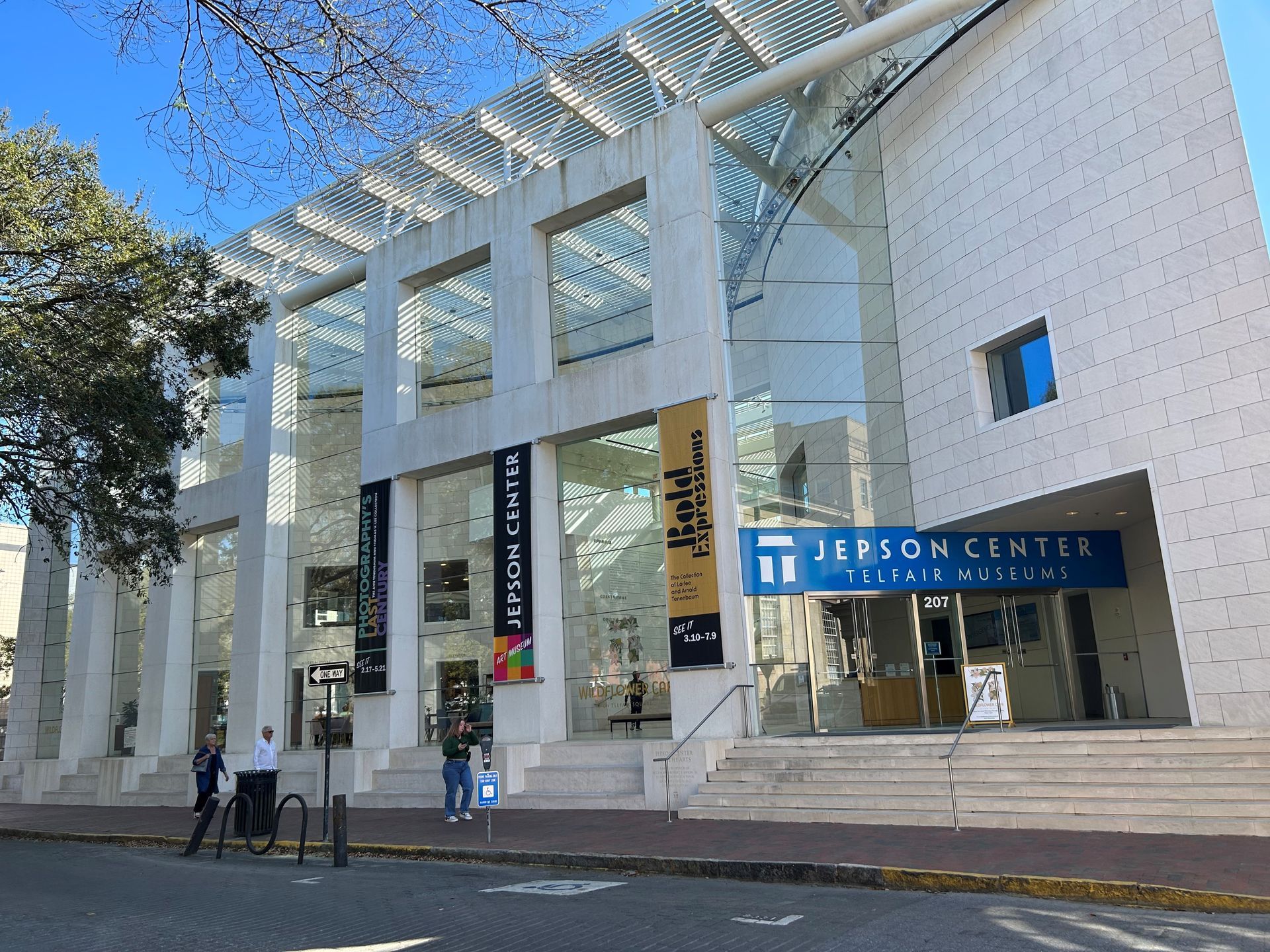GNCB Traveling Engineers
A Trip with the Freeds to Rome and the Amalfi Coast: Historic Structures, Sacred Places, and Coastal Life
Many members of the GNCB team enjoy traveling nationally and internationally. The cause of each member’s wanderlust varies from the joy of long motorcycle rides, to the desire to learn about different cultures, to the love of international food. However different our trips are, we all find joy in seeing historic landmarks and new construction in the places we visit. After almost a year of restricted travel, our team is joyfully reminiscing about past trips and joyfully looking forward to future adventures. We hope you enjoy this new series about GNCB’s Traveling Engineers.
_________________________________________________________________________________
In July of 2019, my wife Arlene and I took a diverse 8-day trip to Italy that ranged from the hustle and bustle of the capital city of Rome to the laid-back vacation resort towns on the Sorrento Peninsula/Amalfi Coast. One common denominator for both places was the constant high humidity and sunny skies with daily temperatures in the 90s. Our stay was calmed by the two bed-and-breakfasts where we stayed: Hotel Portoghesi in downtown Rome and Villa Giovanni located on the Sorento mountain hillside; the breakfasts at each location had the flavor of local Italian food and hospitality.
Roman sites that we visited, the majority of which were within walking distance from our hotel, included:
·Piazza Navona, a large square with shops, restaurants, street entertainers, museums, and a church where we attended a chamber music recital.
·The Pantheon, a 2000-year old temple that is now a church; its roof is the largest unreinforced concrete dome, that also has an oculus (oval shaped open roof) enabling a connection to the gods.
·Trevi Fountain, both day and night visits are a must.
·Spanish Steps and Piazza di Spagna, which provided the perfect spot to people-watch.
·Colosseum/Palatino/Roman Forum, where the center stage was under renovation to service in the future as a staging area for concerts, meetings, and events.
·Vatican City, including St. Peters Square, Sistine Chapel, and the awe-inspiring Bascilica.
·Jewish Ghetto that included a visit to the Great Synagogue, shops and restaurants to try the local delicacy of fried artichokes.
The summer crowds were massive, despite the weather; wait times can be daunting, but advance purchase of a “skip the line” entrance ticket is a must do. Some of the best times we enjoyed were strolling the back streets, eating in the off-the-main drag restaurants; the fresh food and wines were just delightful.
After three exhausting and tiring days in Rome, we took the combined 2.5 hr. train/vehicle trip to the northern town of Sorento on the Amalfi Coast. To explore, we made 3 day-trips to the area:
·Day 1-a short ferry ride to the rocky Island of Capri and a small boat ride into the Blue Grotto.
·Day 2-an all-day minibus trip on the extremely narrow, curvy, coastal drive to Positano, Amalfi, and Ravello. All three towns included shops, restaurants, and beautiful coastline views.
·Day 3-a train ride to explore Pompeii, and its on-going restoration efforts. Pompeii is the most completely preserved city of classic antiquity and Italy’s first Greek settlement. The 4,200 ft. high Mount Vesuvius is an awesome spectacle to all; it’s eruption in 79 AD buried the city of Pompeii and it wasn’t until the 18th century that Pompeii ruins were unearthed.
A word about Villa Giovanni set high in the mountains, surrounded by gardens, lemon trees, and olive groves, and within walking distance to downtown Sorento. The villa, with its spectacular sunset views that overlooked the Bay of Naples, was a cozy and relaxing experience; the small yet adequate circular pool was both refreshing and a quiet place to read a book and enjoy the views. The hotel also ran a restaurant in downtown Sorrento; one night we had our dinner brought in so we could enjoy the sunset views while eating.
Arrivederci, David Freed
